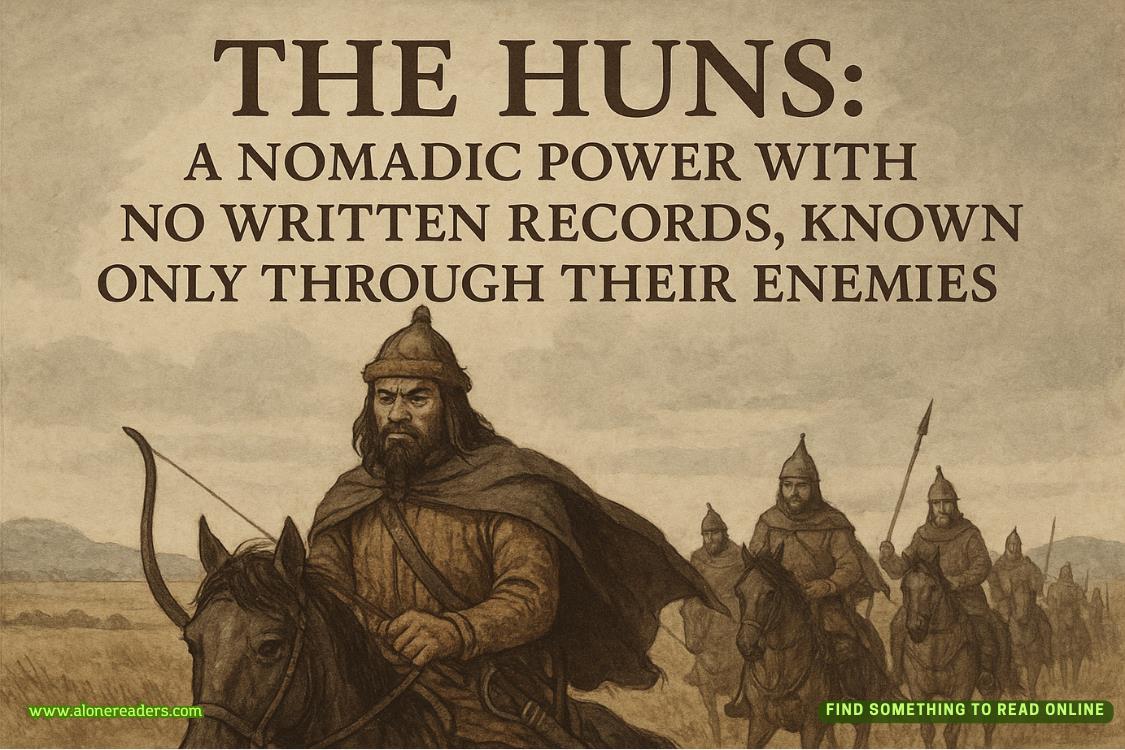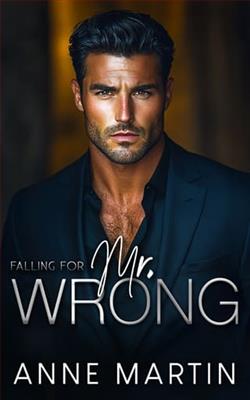Page 5 of All I Want for Christmas
‘And what do you know about Trier?’
‘Off the top of my head?’ Darcy was a little taken aback. Being interrogated on native artists by someone in Kinberg’s esteemed position was intimidating, to say the least. ‘I know that he was a master draughtsman; he specialized in plein air landscapes, particularly beach scenes later on, although he made his name originally with formal portraits. He was often likened to John Singer Sargent for his renderings of texture in women’s fashions and his use of colour. He was especially well known for his strong use of white, and also pink...Um, he was very preoccupied with natural light. He was highly influenced by the impressionists and adopted their technique of impasto paint application and rapid brushwork.’ She looked down at the oil. To be this close to it, to see it as the artist had, without its frame, was a truly rare privilege. It was a jewel in the crown of Danish art.
Kinberg nodded. ‘And now? Tell me what you see.’
Beside her, Otto switched on the lamp and a vivid purple light washed down upon the painting. The image she knew so well remained visible but beyond it, she also saw a face – a woman’s face – staring back at her.
She gasped and pulled back with surprise. Seeing the similarly excited looks from the rest of the group, she guessed they had all had exactly the same response. She looked back down again, as if unable to trust her own eyes, but there it was once more – the head and shoulders portrait of a young woman. The colours and details were indistinct, as if the image was being seen through a muddied window, but even with that, there was clear accomplishment in the tilt of the woman’s head and the directness of her gaze.
‘Oh!’ she breathed. ‘She’s beautiful.’
‘Yes, she is,’ Margit Kinberg nodded, looking down at the portrait too. ‘It was quite a surprise to find her there.’
‘...You never knew before?’ Darcy asked.
‘The painting hasn’t been touched since ’59, when a plumbing leak altered the humidity and affected some of the original paint,’ Lauge Bekker said, breaking his silence. ‘The remedial work was done but there were no further explorations and the painting’s been hanging in a stabilized environment ever since, so there was no need to look. It only came in for a light clean ahead of the retrospective.’
Darcy was no conservator, but she knew ultraviolet light, although first used in fine art conservation from the early 1930s, hadn’t become commonplace until the 1980s.
She also immediately understood the importance of the discovery. Johan Trier was Denmark’s pre-eminent painter of the twentieth century; his former home was a tourist attraction in its own right and his brand was one of the country’s greatest exports. He had come to prominence in the 1920s and many of his paintings were recognizable the world over.
‘What a shame he overpainted this,’ she deplored, scrutinizing the ghostly image again. Many painters, obsessed with notions of their ‘legacy’, painted over what they considered to be inferior or lesser pieces.
‘Well, that’s what’s so exciting about this,’ Margit said with a direct look. ‘He didn’t. The portrait is painted on thereverseof the board. It’s not beneathHer Children, it’s on the back of it.’
‘Two paintings in one?’
‘Yes,’ Lauge said. ‘Unfortunately, initial investigation is suggesting the backing is made up of several sheets of board, which have been glued on –’
Glued?Darcy winced. Otto and Margit too.
‘– Meaning the portrait is sandwiched between the board layers.’
‘Is it reachable?’ Darcy asked.
‘That is certainly the great hope,’ Lauge Bekker said. ‘But it’s going to be painstaking work trying to remove it. Clearly we cannot risk any potential damage toHer Childrenand if it is deemed too risky, we’ll stop. If we have to choose between the two, then of course we’ll choose the bird in hand.’
‘Of course,’ Darcy nodded, staring still at the ghostly outline of the woman shimmering beneath the paint.Her Childrenwas a flagship painting, appearing on postcards in the Academy’s gift shop, but for this portrait to remain trapped – hidden – under boards, would be such a shame too. There was something special about this woman; Darcy could feel it somehow, even though she could barely see her. ‘How long will it take to try to remove the backing?’
‘Ordinarily we’d be looking at a couple of months but with the retrospective coming up in the new year, we’re under extraordinary pressure to move more quickly.’ From the way Lauge’s eyes darted over to Kinberg, Darcy sensed tension between the two on the matter.
‘We’re deciding on a course of optimism,’ Margit said firmly. ‘It’s in everyone’s best interests to work towards the best-case scenario: unveiling a newly discovered Johan Trier masterpiece at the retrospective.’
‘Margit...’ Lauge frowned.
‘I know. It might not happen,’ she said, looking back at him sternly. ‘But we will certainly reach for it. We’re going to move as quickly as we can onallfronts.’
She turned the stare onto Darcy. ‘We’re making this a cross-organizational project. While Lauge’s team here work to release the board backings, the gallery’s conservation preparators will be commissioned to design and build a double-sided exhibition mount. We must have a way to display both paintings at once.’
‘Yes.’ Darcy waited with a gathering sense of anticipation to learn what her role would be in all of this. Clearly she hadn’t been called in simply to admire the discovery.
‘Which brings us to you, Darcy,’ Otto said, interjecting smoothly as if he could read her thoughts. ‘You won’t have met Ebbe Busk, our chief researcher – she’s on maternity leave until mid-March.’
‘I know the name.’
‘We’ve got someone covering for her on a part-time basis but they’re already fully occupied with prepping for the retrospective. We’ve put our heads together trying to think who would be next best qualified, as well as available at such short notice, and I thought of you.’
Darcy blinked. ‘Otto, I’m incredibly honoured, but I’m not employed by the Academy. From an insurance perspective—’















